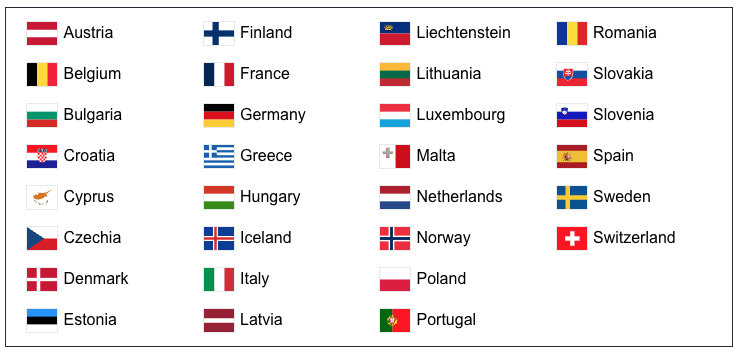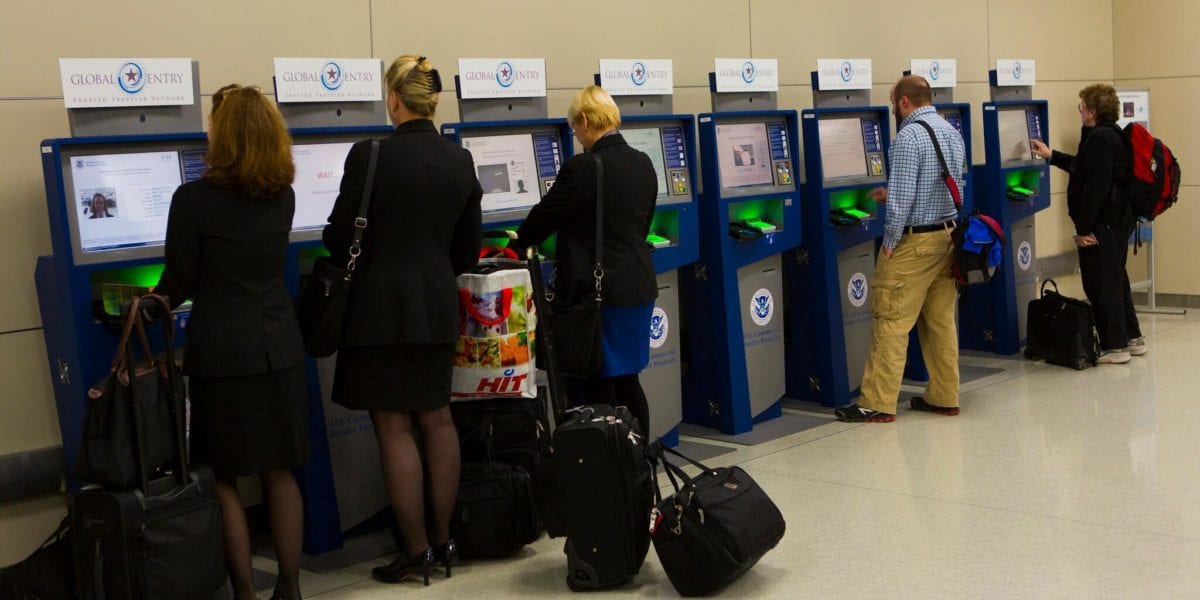After years of delays, travelers heading to one of 30 European countries will soon have one more thing to check off their to-do list before departure – and it’ll cost more than originally planned.
Starting in late 2026, Americans (and citizens from more than 60 other countries) will need to apply for a European Travel Information and Authorization System (ETIAS) to enter most European countries. While not as cumbersome as applying for a visa, it'll soon be an added step – and a new expense – before your next trip across the pond.
Originally pitched as a nominal 7 Euro fee (about $8), the cost of the ETIAS has now nearly tripled to 20 Euro (about $23). That gets you a three-year, multi-entry travel authorization – or until your passport expires, whichever comes first. Once approved, it's valid for trips up to 90 days within any 180-day window. If you are traveling to or from Cyprus, the duration of your stay there will be calculated separately and does not count towards the up to 90 days you are allowed to spend in the other European countries requiring ETIAS.

It's worth noting that the ETIAS rollout has already been pushed back several times – it was first proposed back in 2017 and supposed to go live in 2021. Now, the latest update points to a launch, but no exact date has been confirmed. Only time will tell, but after so many delays … even that might be optimistic.
And if this all sounds familiar, that's because it is: The U.K. launched its own Electronic Travel Authorization (ETA) system earlier this year, hitting travelers headed for Great Britain with an extra step … and an added cost that nearly doubled just weeks after launching…
Thankfully, the ETIAS application process is expected to be simple and quick. Once the program launches in the fourth quarter of 2026, travelers will be able to apply through an official website or app. Most applications should be approved within minutes, though some could take a few days – and in rare cases, up to two weeks. Once approved, your ETIAS will be electronically linked to your passport – no paperwork needed at the border.
Here's what you need to know:
- They're recommending you apply for ETIAS travel authorization before you buy your ticket (or book your hotel) to avoid needing to cancel or rebook.
- If you're connecting in Europe on the way to another destination outside of the EU, you won't need to an ETIAS prior to traveling.
- Once approved, it's valid for multiple visits over three years for trips up to 90 days, within any 180-day window.
- Make sure your passport details correspond to those in your ETIAS application or you will be refused boarding and entry at the border.
- Make sure your passport is valid for three months after your intended departure from the countries requiring ETIAS – you may be refused entry at the border if it is not.
So what's the point in all of this? It's been stated that this move is intended to boost border security by screening travelers before they arrive in Europe. Of course, the government probably isn't too upset about the added revenue either. And there's also the issue of fairness: The U.S. has long required EU citizens to do the same thing for trips to the States.
In a separate move, the European Union is also planning to launch a new Entry/Exit System (EES) next April, replacing passport stamps with automated kiosks to log entries and exits for foreign travelers. If you're like me and treat your passport stamps like travel souvenirs, this news is a bit of a bummer. But on the flip side, it should speed up the immigration process and help keep frequent travelers from filling up their passport before it expires.
Bottom Line
Starting in late 2026 (supposedly), U.S. travelers (and those from 60-plus other countries) will need to apply for a new ETIAS travel authorization before entering much of Europe. It’ll cost approximately $23 – nearly triple the originally proposed fee – and be valid for three years of multiple entries.
However minor it may be, it’s just another layer of red tape. And with yet another delay in its launch, it’s still not clear exactly when it’ll go into effect.





